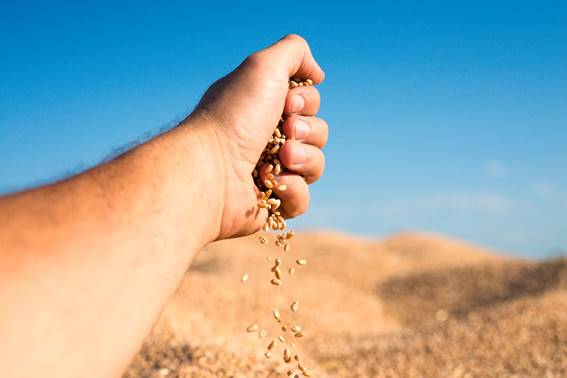The sowing of cereals in winter presents unique challenges and promising opportunities for farmers. This process requires a procise combination of knowledge and strategies to maximize yields.
In this article, we will explore key strategies for winter cerel sowing, focusing on techniques that optimize growth and productivity.
Optimal Weather Conditions
The first crucial step in winter cereal sowing is understanding and working with the weather conditions. The low temperatures and moisture characteristic of this season can significantly affect the germination and growth of cereals. It is recommended to select varieties adapted to cooler temperatures and to plan sowing at strategic times to take advantage of optimal weather conditions.
Winter-Adapted Varieties
When considering weather conditions, choosing winter-adapted cereal varieties is essential. High-quality seeds designed to withstand lower temperatures can make a significant difference in terms of performance. Ongoing research in plant breeding ensures that farmers have access to advances genetic varieties that can thrive in winter environments.
Soil Preparation and Direct Seeding
Proper soil preparation is essential to maximize the benefits of winter cereal sowing. Direct seeding, a technique that involves seeds without tilling the soil, is particularly effective. This practice preserves soil moisture and improves soil structure, contributing to a favorable environment for cereal growth.
Efficient Water Resource Management
Winter is often associated with wetter conditions, but efficient water recource management remains essential. Implementing appropriate irrigation systems and monitoring soil moisture content are key practices to ensure a steady water supply and optimize cereal growth.
Disease and Pest Control
Winter can also be conducive to the development of certain diseases and pests. Constant monitoring and the strategic application of control measures are essential. Crop rotation and the use of biological methods are sustainable approaches that help prevent the spread of diseases and pests, maintaining crop health in the long term.
Continuous Growth Monitoring
Within integrated management, continuous monitoring of crop growth is essential. Modern technologies, such as sensors and satellite imagery, allow farmers to monitor the health and development of cereals in real time. This facilitates early detection of problems and timely implementation of solutions, maximizing productivity.
Long-Term Sustainability
Beyond the current sowing season, long-term sustainability is a fundamental goal. The adoption of sustainable farming practices, such as crop rotation, contributes to soil health and reduces dependence on external inputs. This sustainable approach not only benefits the land and the environmental but also lays the foundation for successful future harvests.
In conclusion, winter cereal sowing requires a comprehensive approach that addresses both the specific weather conditions and the fundamental principles of sustainable agriculture. By implementing tailored strategies and leveraging available technological tools, farmers can effectively cultivate cereals, maximizing yields and ensuring the long-term sustainability of their operations.
